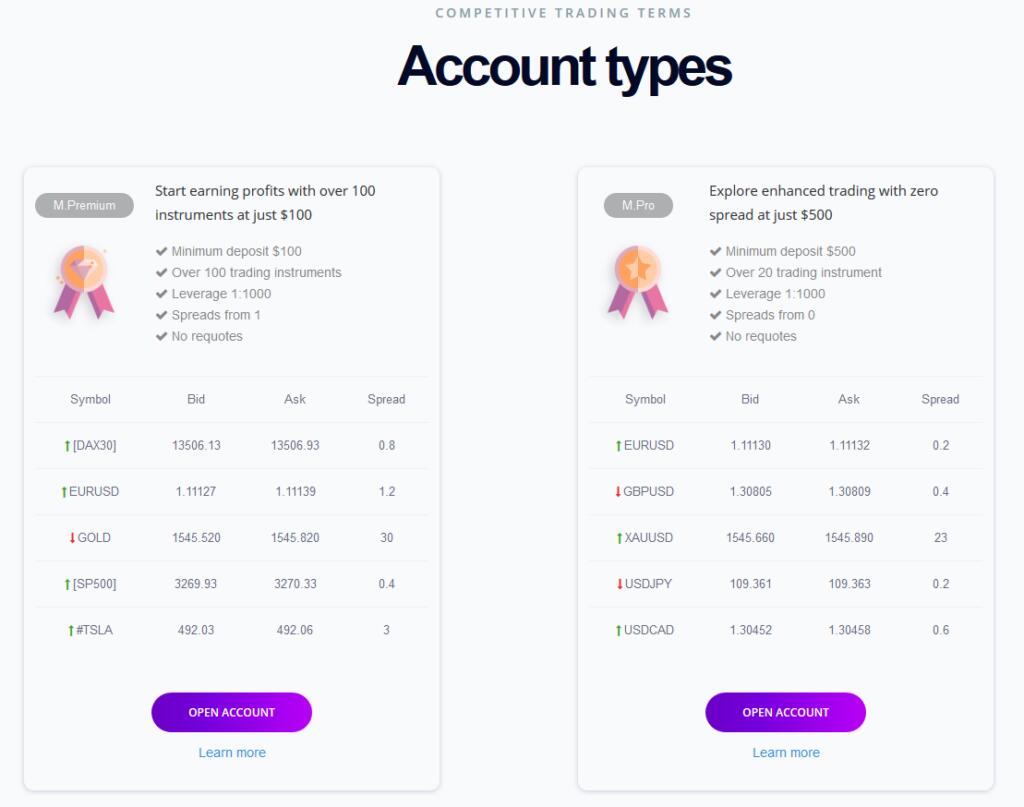How to Use the Fibonacci Retracement Tool VIDEO Included

In general, retracement lines can be considered stronger support and resistance levels when they coincide with a key moving average like a 50- or 200-day simple moving average. Fibonacci levels are mainly used to identify support and resistance levels. When a security is trending up or down, it usually pulls back slightly before continuing the trend.
Is Fibonacci retracement a good strategy?
These retracement levels provide a good opportunity for the traders to enter new positions in the trend direction. The Fibonacci ratios, i.e. 61.8%, 38.2%, and 23.6%, help the trader identify the retracement's possible extent.
Pulling the Fibonacci retracement out by connecting the high and low points of the swing, we can see all the levels at which the stock might be prevented from pushing higher. These levels could also be support lines that hold the price from falling further. In an uptrend, you can use the Fibonacci retracement tool to connect the low point and the high point to view the key levels. In a downtrend, connect the high point to the low point instead, as shown below. Fibonacci retracement can be a useful tool in confirming a trading signal or identifying a stop loss/take profit level.
Trend Trading With the Fibonacci Ratio
In the example below, however, it acted as a support level in the downtrend. Once broken downwards, the golden pocket became a new resistance zone. Let’s have a look at a Fibonacci extension and retracement example to see how it can help you determine price targets in a downtrend.

Each number in the Fibonacci sequence is calculated by adding together the two previous numbers. Later on, around July 14, the market resumed its upward move and eventually broke through the swing high. Click on the Swing Low and drag the cursor to the most recent Swing High. Then, for downtrends, click on the Swing High and drag the cursor to the most recent Swing Low.
Fibonacci Levels Used in the Financial Markets
Also note that failed reversals, especially at the 38.20% and 50% retracement levels, are common. Fibonacci retracements are a set of ratios, defined by the mathematically important Fibonacci sequence, that allow traders to identify key levels of support and resistance for stocks. Unlike moving averages, Fibonacci retracements are fixed, making them easy to interpret. When combined with additional momentum indicators, Fibonacci retracements can be used to identify potential entry and exit points to trade on trending stocks.
Gold Prices on Shaky Ground ahead of US Inflation Data and Key Fed Decision – DailyFX
Gold Prices on Shaky Ground ahead of US Inflation Data and Key Fed Decision.
Posted: Mon, 12 Jun 2023 15:15:00 GMT [source]
The tool is somewhat helpful in giving you a bit of a roadmap going forward. It can be drawn between two significant swing high and swing low levels and automatically creates potential support or resistance levels between those two points. There is a considerable debate as to whether or not it has any inherent use other than a simple “self-fulfilling prophecy” aspect, as so many traders tend to be attracted to it.
#1 Retracements as re-entries
When these indicators are applied to a chart, the user chooses two points. Once those two points are chosen, the lines are drawn at percentages of that move. Fibonacci retracement levels are considered a predictive technical indicator since they attempt to identify where price may be in the future. Instead, a Fibonacci retracement is created by taking two extreme points (e.g., a peak and a trough) on a chart and dividing the vertical distance by the key Fibonacci ratios.
Thus, the price might sharply fall towards 0.236, signaling traders to place short bets. To know where to use Fibonacci retracement, choose the highest and lowest points in this trend. In this instance, the chosen time frame for Fibonacci retracement is 1 day. However, finding the right occasion when to use Fibonacci retracement is a matter of trading experience. Fibonacci retracement crypto may seem obvious in hindsight but placing confident trades in relation to these levels can be mind-boggling. It doesn’t matter if you are trading with or against the trend; use Fibonacci retracement to find a place where an asset may bounce or reverse.
Your Next Steps for Creating a Fibonacci Retracements Strategy
Fibonacci retracements are commonly used by traders as an easy way to identify levels of support and resistance in trending stocks. Unlike moving averages, Fibonacci retracement levels are static and defined according to ratios found in the ubiquitous Fibonacci sequence. Whenever using Fibonacci retracements, retracement levels should be interpreted cautiously https://forexhero.info/powertrend-forex-broker-review/ and always in conjunction with additional indicators like MACD to confirm a reversal. It is important to use additional indicators, in particular MACD, to identify when support or resistance is actually being encountered and a reversal is likely. The more that additional indicators are pointing towards a reversal, the more likely one is to occur.
Analyst Predicts 2x Rally for Altcoin That’s Up Over 2,000% in Under Two Months, Updates Outlook on Bitcoin – The Daily Hodl
Analyst Predicts 2x Rally for Altcoin That’s Up Over 2,000% in Under Two Months, Updates Outlook on Bitcoin.
Posted: Fri, 09 Jun 2023 19:55:55 GMT [source]
Fibonacci in crypto is a powerful tool that can help you determine support and resistance levels, and thus, help you set up low-risk trading strategies. That being said, just like any indicator, you shouldn’t exclusively rely on Fibonacci ratios in trading. They become much more reliable when used in combination with other indicators such as trading chart patterns or the MACD indicator.
What time frame is best for Fibonacci retracement?
The best time frame to identify Fibonacci retracements is a 30-to-60-minute candlestick chart, as it allows you to focus on the daily market swings at regular intervals.
